I recently sat down with Janine Duffy from Echidna Walkabout in Victoria, Australia to chat about her unique research aimed at conserving Australia’s natural habit as well as saving Australia’s iconic koalas from extinction. After a full morning of bush exploration, and a cup of billy tea, we discussed the dangers wildlife faces as well as how easy it is to help the cause.
IS2: First; Echidna Walkabout.
JD: We’re a social enterprise; a business set up to fulfill a mission for ensuring that Australian wildlife get to live in the future. We’ve been in business for over 20 years. We take private and small groups of international travelers out on wildlife adventures through the Aussie Bush, just outside of Melbourne, Victoria.
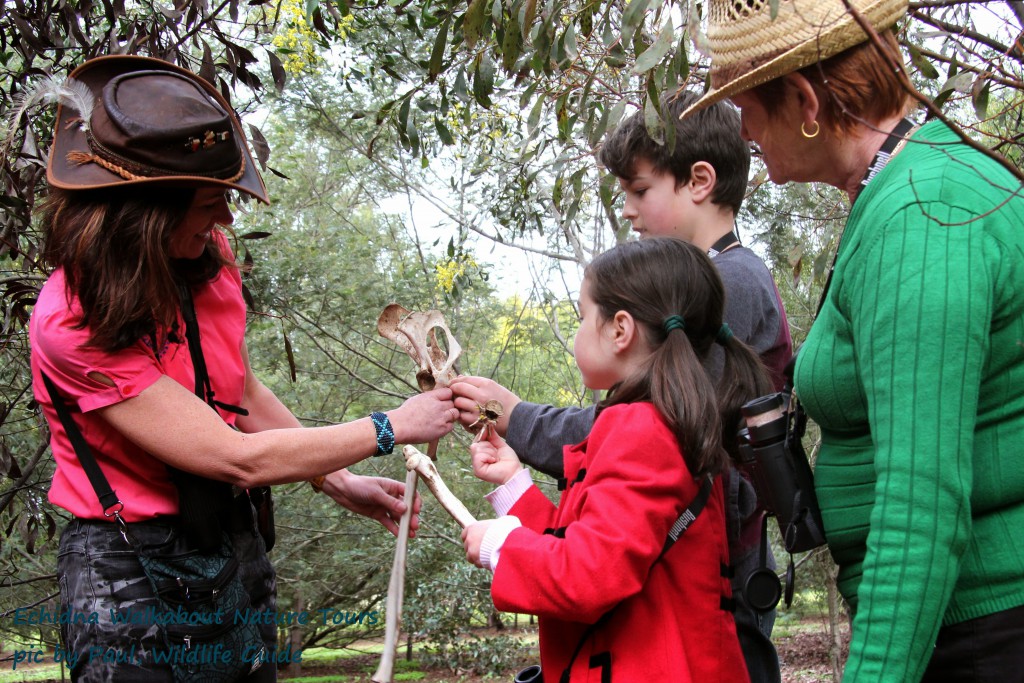
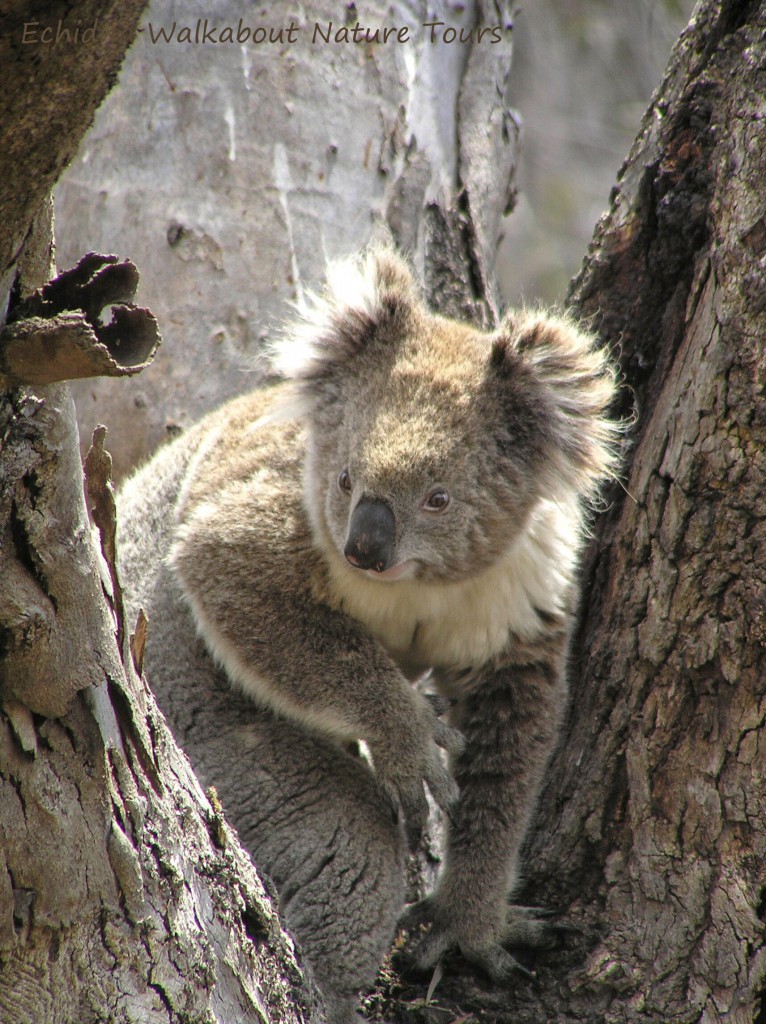
IS2: What first sparked your interest in the idea of preserving wildlife and nature?
JD: I was interested in wildlife for just about as soon as I was born apparently. I can’t remember a time I wasn’t fascinated by nature, by observing wildlife and wandering about the Bush.
IS2: Is there that first moment that really stands out?
JD: First moment for wildlife? I do remember a very special koala in the ranges just near the You Yangs. He was an old male named Scruffy. A bit like the male we saw earlier. [Janine and I had just spent the past few hours in the bush spotting the local koalas.] He somehow just; he just plucked my heart strings that fellow, I’ll tell ya. I’ve never forgotten him to this day.
IS2: When did the preservation and wildlife studies begin?
JD: We started the wildlife aspect in a big way around 1993 during the start of the business. We realized that, ya know, there’s so much more to learn about these animals and no amount of reading was telling us everything we wanted to know. So we started doing our own work and started writing down everything we saw. This ultimately turned into the most important project of my life.
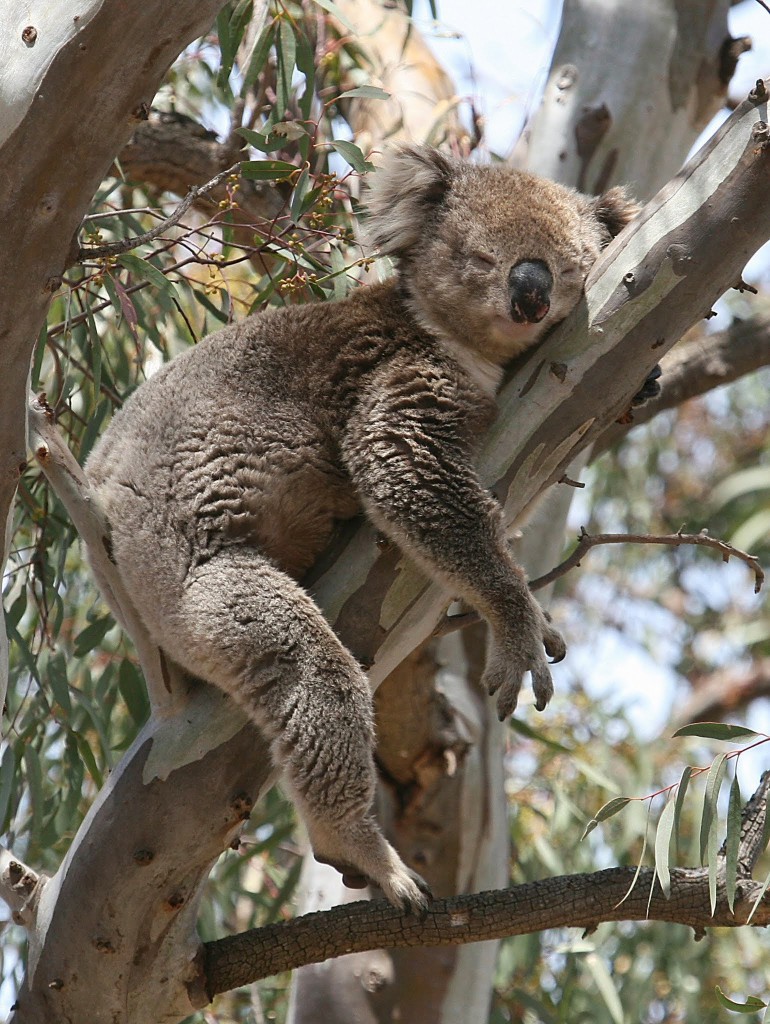
IS2: Can you give us details on the Koala research?
JD: In 1998, I discovered something that no one else had ever identified about koalas. Over time, I learned that you can identify [koalas] by their nose patterns, by the natural markings in their noses. For years I just did it quietly myself, ya know, and then realized that this is an important discovery and that this could help improve the lives of koalas enormously. It would mean that so much more research could be done, cheaply and by more people – by citizens and non-researchers. I started writing all this down, sharing it with as many people as possible. Now, we have interest from the US and scientists all over the world. It’s so exciting, it will mean a better outcome for koalas in the long run.
IS2: So you believe this will allow for easier recognition without tagging them. Ultimately, creating the ability to observe and track koalas without actually interacting and interfering with them.
JD: Exactly. By being able to identify a koala by its nose through observation, you’re not intruding on its life. It means that an army of volunteers, normal people across Australia, can easily supply information; accurate, relevant information. This could be fed into a central database that would enable us to track how many koalas are actually in Australia. I mean that is massive. It means that when people see a koala on their property or anywhere, they can tell whether it’s the same koala they say last year, or a new one.
IS2: So it’s also for general knowledge. Anyone around the country can say, “Oh, that’s Jeff over there. You can tell by the right nostril”.
JD: Exactly. That’s really important.
IS2: One of the things that we just did was pull out the Boneseed weeds that were introduced ages ago. How important is that to preserve the koala way of life as far as human interaction and what we’ve already done.
JD: Everything we can do to make more habitat for koalas is extremely critical now. The next 20 years are going to be crucial for koalas, determining whether they survive or go extinct as a species. So planting trees is great, but it’s slow. Pulling out these intrusive weeds is fantastic because it makes more habitat available right now – it’s immediate, and that’s why we love it.
IS2: What is typical data collection like? What are you writing down? Are you drawing pictures? Are you taking pictures? Are you logging the locations? What is all of that like?
JD: Yes, all of the above. A typical day of koala research begins as a researcher arrives here at about 7:00 am and he/she walks around the bush to known locations scouting for koalas. When they find one, they identify whether it’s male or female, and then they try to identify the individual to see if we’ve seen this one before. They identify the tree they’re in and how high they are in the tree while writing down their behavior. Now, that’s the part of it is really interesting and we’re getting fantastic behavioral research out of this.
Later, the tour group arrives which adds to the research because they’re there for another hour, also writing down the same things on the research record. It means that an enormous amount of data is being made available to science, all free – completely free. It’s happening because of tourism operations, and because we believe in ensuring the future of this wonderful animal. It means that tourists can contribute to something that’s actually really important simply by enjoying it. I mean that’s gold. That’s fantastic.
IS2: So tourism plays a huge part in all of this?
JD: Huge part! Like it does in Africa. If it wasn’t for tourism, a lot of those species there would be gone and the draw of an African safari would vanish as well.
IS2: That’s true. Without the native wildlife, tourism in Africa would diminish. Sounds similar with some of the iconic Australia animals.
JD: The local community needs to feel invested in koala preservation, but they also need to see the economic benefit for creating these natural wild spaces and for allowing these animals to live. It’s the same here as it is in everywhere in the world, but we’re not third world, we’ve got more money to put into it. There needs to be a slight attitude shift. So, koalas mean economic benefit, means koalas get protected. Easy.
IS2: When does the research go public?
JD: We’re working on it at the moment. I would say within a year.
IS2: Do you have any partners from other parts of the country, or any other countries working on this as well with you?
JD: I have two assistant professors from Kansas State University, in the US.
IS2: How did they get involved?
JD: They found us through wildlife tourism, where there is a big network of wildlife tour operators from around the world, and they found us through that. One of them came out on a tour with us and was so moved that he start doing research when he returned home. He later came to me and said, “this is massive. Do you realize that what you’re doing is one of the most exciting projects around the world,” and I said “really?” And I started to cry. I’ve always felt this is important and I don’t know if I could get that message out there alone, whereas he’s saying this is important on many levels. Conservation, tourism, science, research – this covers all of those things and this is what the future is all about.
IS2: What’s your favorite moment with a koala?
JD: My favorite moment with a koala? Oh golly, that’s a tough one. I’ll tell you one – Our previous koala population got burnt out by a bush fire in 2006. About seven years’ worth of data and love and connection with those koalas was gone in a week. I was standing here in the You Yangs, trying desperately to find something to move onto, something positive. I found a female koala named Smoky, with a baby on her back… [emotionally] As you can see, I’m tearing up already. At the time the sky was blitzed orange as if it was sunset, but it was the middle of the day. The lives of all my koalas out there were just dying as the forest continued to go up in flames. I was so emotional, and I found this beautiful female with this beautiful baby, whose name’s Pat. She’s the mother of Clancy, who we’ve named this whole project after, and she became the most important koala in my life. She was a sign that there is a future. That these animals will persist if we just give them a little bit of a helping hand. That’s all they need because they are robust and they are adaptive and we don’t have to do much for them to be alright, but we have to work hard now.
IS2: That sounds like a mix of the hardest and the best moment.
JD: Yeah, it’s so funny, those things are always the things that you remember.
IS2: We’ve touched on koalas quite a bit, but there are also other animals that you can see when you’re on one of your experiences as well, that conservation also helps. What would some of those be?
JD: Yeah, kangaroos are the big guys. So koalas and kangaroos together, I mean that’s just fantastic. But we also see swamp wallabies, we see brushtail and ringtail possums. We see loads of fantastic birds including cockatoos, parrots, and we see galahs, eagles. We see so much out here, it’s a fantastic spot
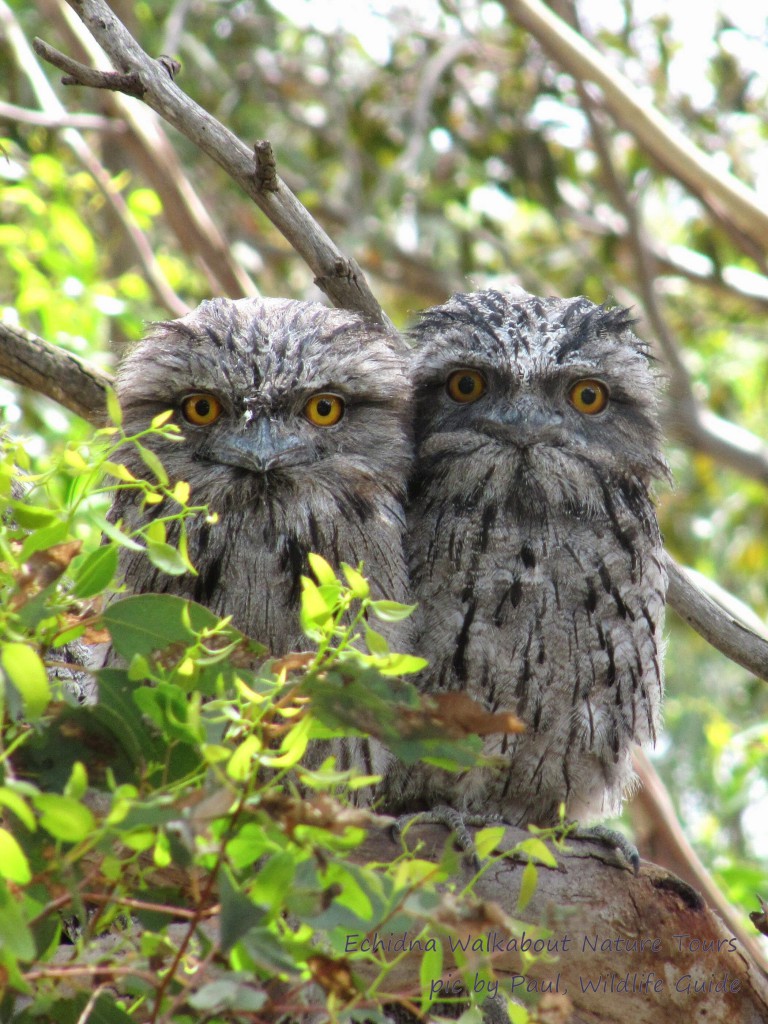
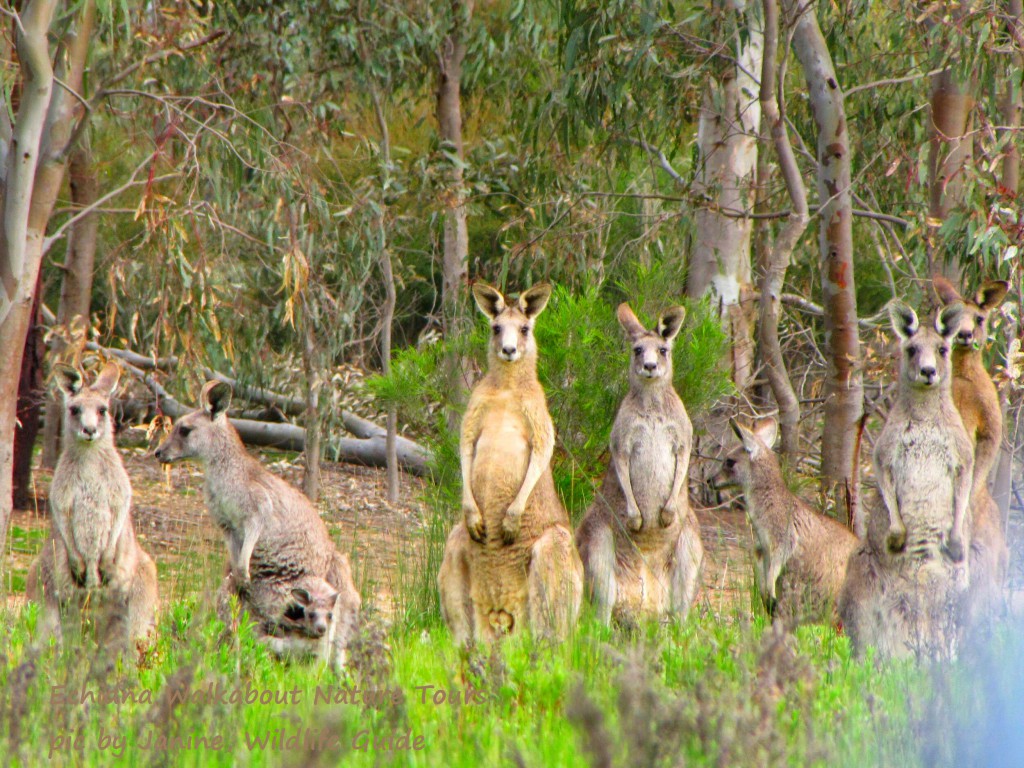
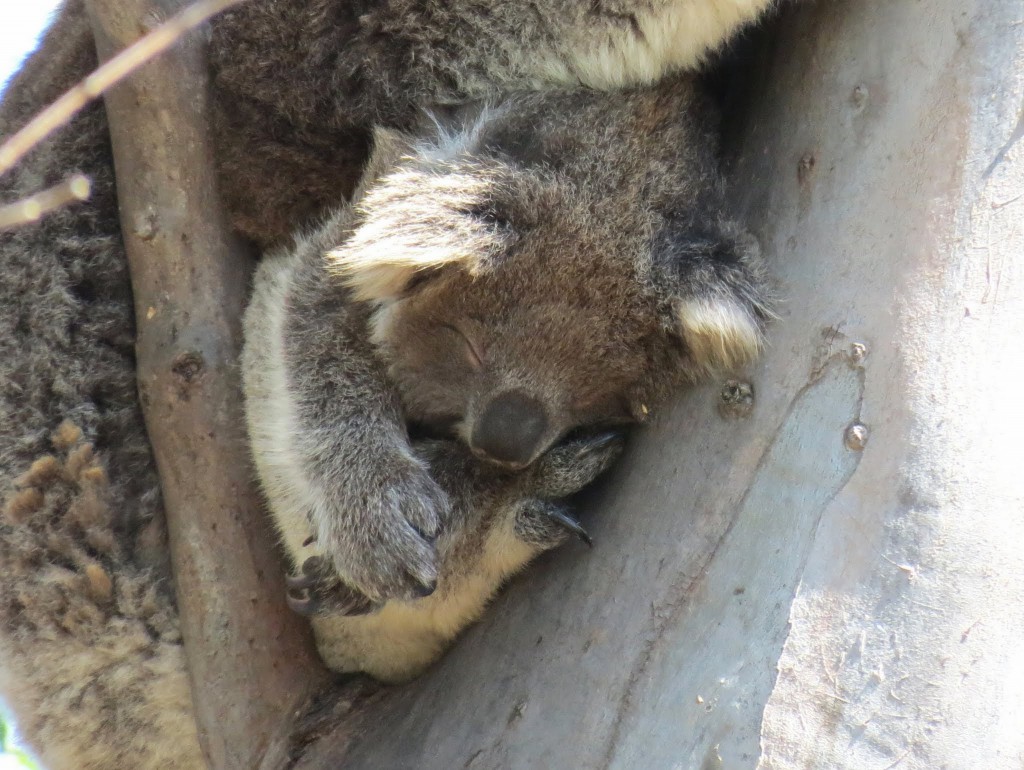
IS2: That all sounds so exciting. It’s changing the landscape of conservation. That’s literally what’s happening. And you’re the leader of this right now, which is fantastic. You must feel pretty accomplished and pretty proud.
JD: Yeah. Well you and the Swain Destinations teams have been leaders in it as well. Swain Destinations was the first wholesaler to support this so I think it is fantastic.
—
For further reading on the research done by Janine Duffy and Echidna Walkabout, check out some of these articles:
Australia’s Cuddly Koalas are Rapidly Dying Out
Australia’s Last Koalas: Extinction Is Looming, Unless We Act Quickly
Also visit Echidna Walkabouts website to learn more about the fascinating research.
Cheers,
Ian 2

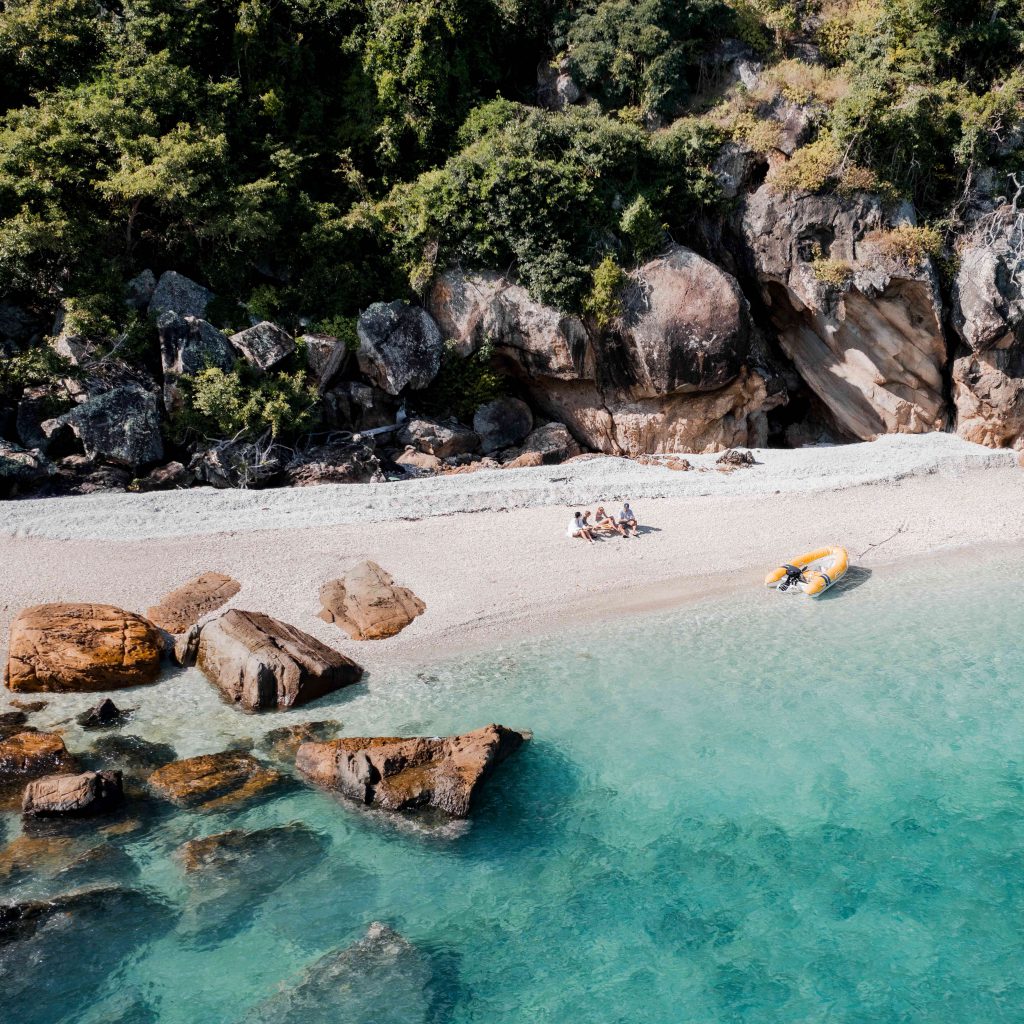
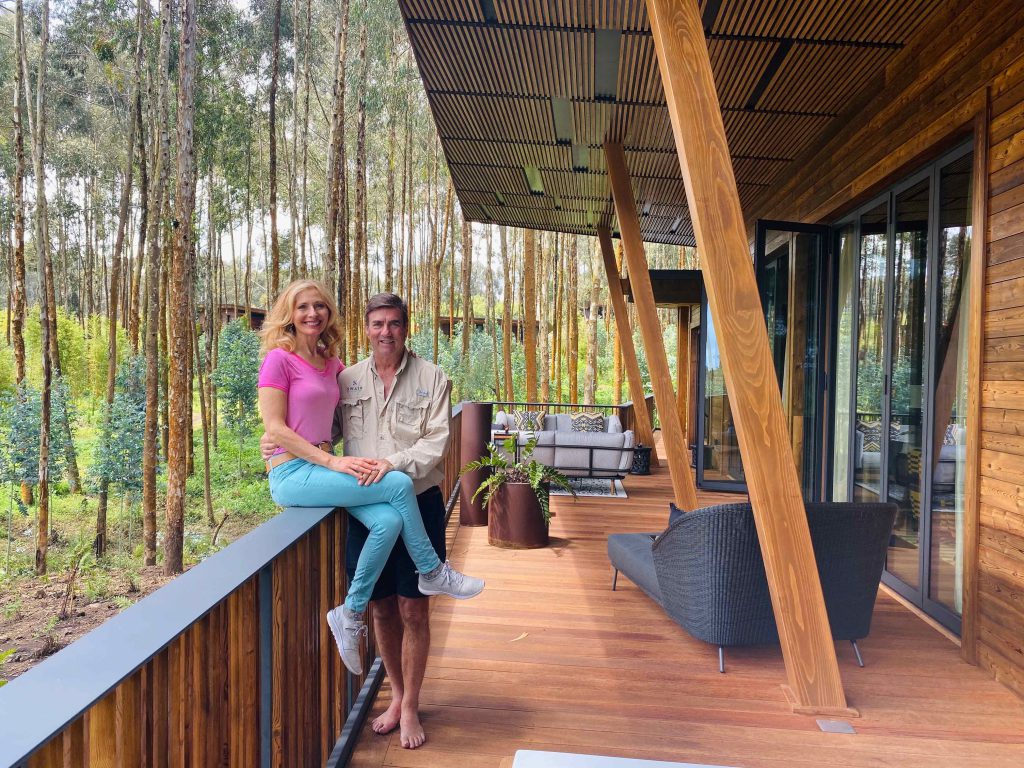

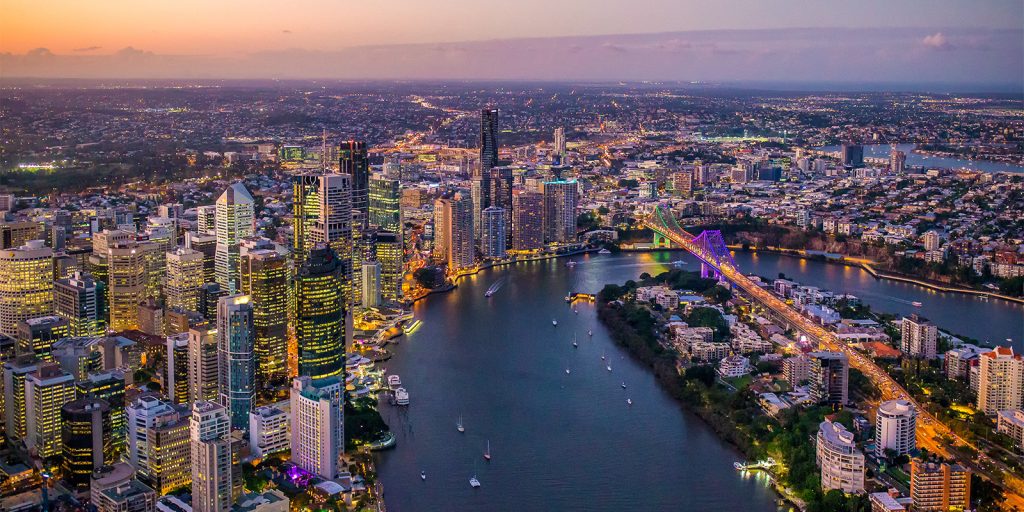

Leave a Reply